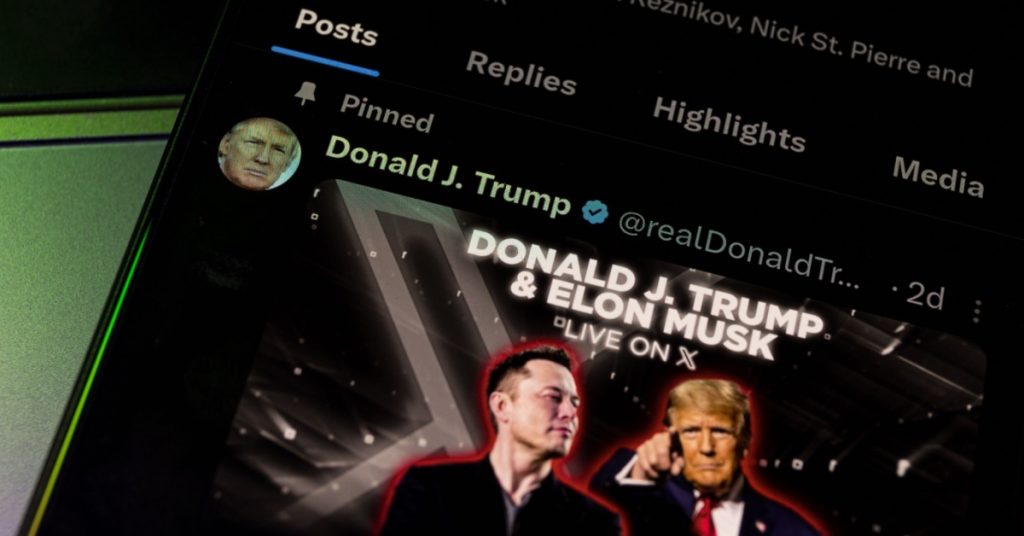Listen to the article
As the 2024 election cycle intensifies, social media platforms continue to serve as primary battlegrounds for information—and misinformation—about the electoral process. Recent analysis reveals concerning trends in how false narratives spread across digital spaces, potentially undermining public confidence in democratic institutions.
Researchers monitoring major platforms have identified several patterns of disinformation that gained significant traction in recent months. These include false claims about voting machines, mail-in ballot security, and voter registration processes. Unlike previous election cycles, today’s misinformation campaigns demonstrate increased sophistication, often blending partial truths with fabricated elements to create more convincing narratives.
“What we’re seeing is an evolution in tactics,” explains Dr. Melissa Fernandez, digital media researcher at Columbia University. “Disinformation actors have learned that outright falsehoods are easier to debunk. Instead, they’re taking legitimate concerns about electoral processes and distorting them just enough to sow doubt without triggering immediate fact-checks.”
The spread of such content follows predictable patterns across platforms. Typically originating in smaller, less moderated online communities, false claims gain momentum before migrating to mainstream platforms where they reach wider audiences. Platform algorithms that prioritize engagement often amplify emotionally charged content regardless of accuracy.
Meta (formerly Facebook) and X (formerly Twitter) have both announced enhanced measures to combat election-related misinformation. Meta recently expanded its fact-checking partnerships and implemented more aggressive labeling systems for content that discusses electoral processes. Meanwhile, X has faced criticism for reduced content moderation since its ownership change, though the company maintains that its automated systems can effectively identify problematic content.
“Platform responses remain inconsistent,” notes Cameron Harris, policy director at the Digital Democracy Institute. “Each company operates with different standards, different enforcement mechanisms, and different transparency levels. This creates opportunities for misinformation to slip through the cracks.”
International observers have expressed particular concern about the cross-border nature of electoral disinformation. Evidence suggests coordinated efforts originating outside the United States target American voters with misleading content about voting procedures. These operations often exploit legitimate domestic debates about election security to amplify division.
The impact extends beyond social media. Traditional media outlets increasingly source stories from social platforms, sometimes inadvertently amplifying unverified claims. A recent study by the Election Integrity Partnership found that approximately 23% of television news segments about election administration in the past quarter referenced claims that originated in unverified social media posts.
Voter confidence appears to be a primary casualty of this information environment. Polling data indicates that exposure to electoral misinformation correlates with decreased trust in voting systems, particularly among voters who primarily consume information through social media channels.
State and local election officials have attempted to counter these trends by increasing transparency and direct communication with voters. Many jurisdictions have expanded their social media presence, created dedicated fact-checking resources, and implemented clearer processes for addressing legitimate concerns about voting systems.
“Election officials are in a difficult position,” says Thomas Reed, former secretary of state for Washington. “They need to address genuine questions about election security without inadvertently legitimizing baseless claims. It’s a delicate balance that requires nuanced communication strategies.”
Civil society organizations have also stepped into the breach. The Bipartisan Policy Center, Stanford Internet Observatory, and other nonpartisan groups have launched initiatives to track and debunk electoral misinformation while promoting media literacy.
As the election approaches, experts recommend that voters diversify their information sources, verify claims before sharing, and consult official election websites for authoritative information about voting procedures.
“Social media can be a valuable tool for democratic participation when used thoughtfully,” explains Fernandez. “But it requires active critical thinking from users. The platforms themselves can’t—and perhaps shouldn’t—be the sole arbiters of electoral information.”
With primaries already underway and the general election looming, the challenge of maintaining an informed electorate amid a complex information ecosystem remains one of democracy’s most pressing tests.
Verify This Yourself
Use these professional tools to fact-check and investigate claims independently
Reverse Image Search
Check if this image has been used elsewhere or in different contexts
Ask Our AI About This Claim
Get instant answers with web-powered AI analysis
Related Fact-Checks
See what other fact-checkers have said about similar claims
Want More Verification Tools?
Access our full suite of professional disinformation monitoring and investigation tools



